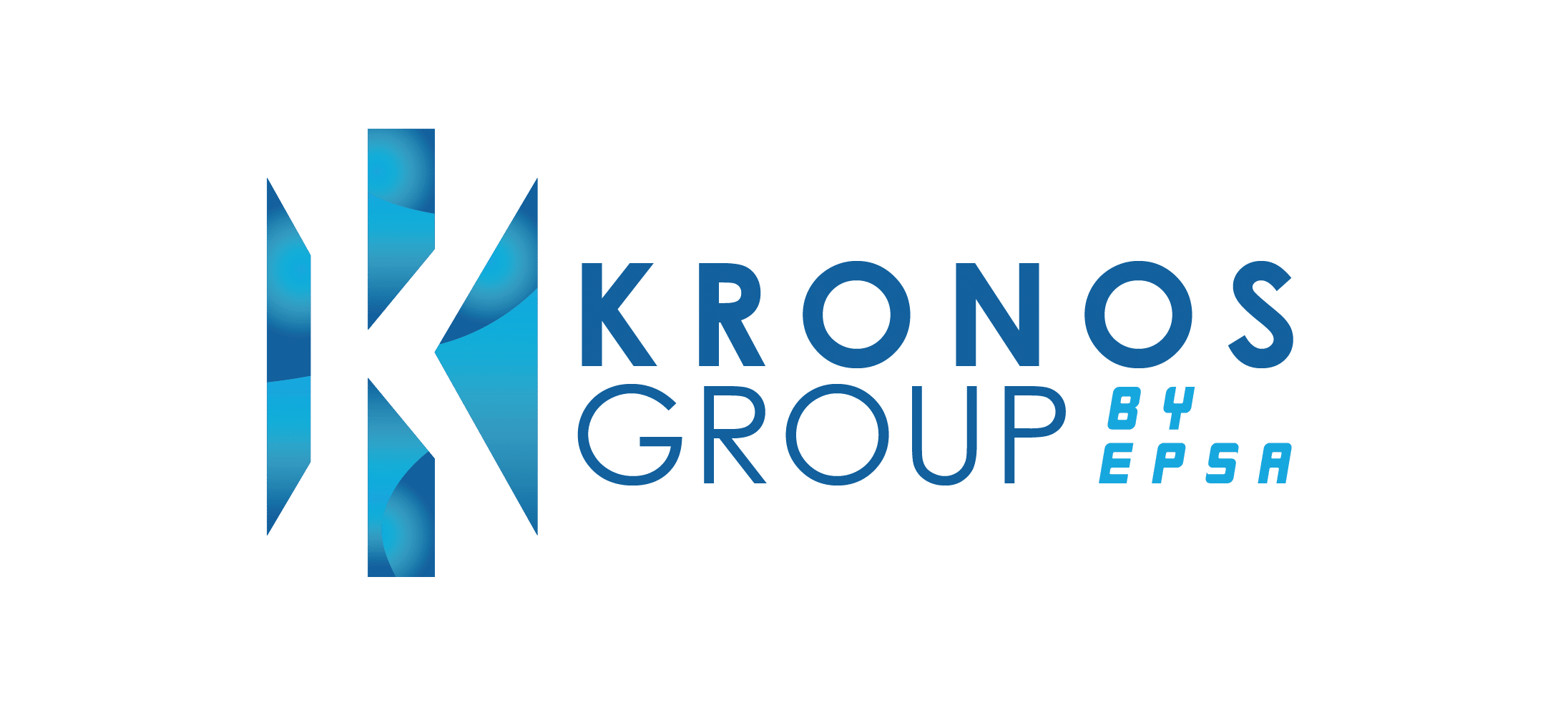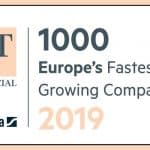Summary In the contemporary business environment, digital procurement is becoming increasingly popular and sought after by businesses around the world. The relationships …
What is the importance of balancing quality, time, and cost in SME project management?
What is the triple constraint in project management?
Managing a project requires skilful navigation of the triple constraint, which encompasses three essential elements—quality, time, and cost. These interconnected factors heavily influence the success of a project, making it crucial for them to be effectively balanced.

Quality vs. time
Delivering exceptional quality is crucial to exceeding customer expectations and fostering satisfaction, project reputation, and loyalty, alongside meeting market demands and maintaining a competitive advantage. However, prioritising time or budget management over quality can lead to delays or financial constraints, jeopardising the project’s feasibility. Delays can result in missed opportunities, decreased customer satisfaction, and increased expenditure due to inefficient resource allocation.
There is often a trade-off between quality and time. Rushing to meet tight deadlines frequently results in a compromise of quality, and prioritising quality may extend project timelines as additional time is required for thorough testing and quality assurance. According to a recent International Journal of Project Management publication, inadequate quality control measures accounted for 23% of project failures, resulting in additional rework and project delays.

Quality vs. cost
SMEs with limited resources need to prioritise cost management. Overspending can strain budgets and reduce profitability, while cost-cutting measures may compromise quality or delay timelines, putting project success at risk. Finding a balance for SME project management requires strategic thinking, efficient resource allocation, and continuous monitoring. Achieving higher quality often entails additional costs, such as investing in skilled personnel, premium materials, or advanced technology. Conversely, cutting costs may compromise quality by using cheaper materials or reducing testing and quality assurance efforts.
A recent study revealed that a particular business in the construction industry chose inexpensive materials to manage financial constraints, which led to frequent reparations and do-overs caused by material flaws. As a result, the project surpassed its intended budget and timeline, greatly affecting both profitability and client satisfaction.

Time vs. cost
Accelerating project timelines typically requires additional resources, increasing costs. Conversely, extending project durations may reduce immediate expenses but can lead to indirect costs such as opportunity costs, lost revenue from delayed product launches, or inflationary pressures.
As revealed by the Project Management Institute’s Pulse of the Profession, a substantial proportion of project managers have reported unrealistic time constraints as a formidable obstacle, often leading to escalated expenditures and compromised excellence.
Cost optimisation is essential for SME project management with limited resources. Overspending strains budgets and reduces profitability, while cutting costs may compromise quality or delay timelines, risking project success. However, sacrificing time or cost can lead to delays or budget overruns, jeopardising project viability. Considering the time and cost of SME project management is vital to a project’s success.
Striking a harmonious balance between these constraints is key to achieving optimal outcomes for the project meeting stakeholder expectations and achieving organisational goals.
What are some SME project management tools and techniques that can balance the triple constraint?
Project managers make use of different methodologies and strategies to optimise resource allocation, streamline operations, and mitigate risks to address the triple constraint.
Critical path analysis (CPA)
Critical path analysis is a technique used to identify the sequential order of critical tasks that influence the project’s minimum duration. Research by the Project Management Institute (PMI) found that projects utilising CPA had a 70% higher success rate in meeting deadlines compared to those that did not. This tool helps prioritise tasks and allocate resources efficiently, ensuring timely project completion. A CPA streamlines resource allocation by identifying crucial tasks that should not be delayed and facilitates timely project completion by focusing on essential activities.
Cost-benefit analysis (CBA)
Cost-benefit analysis involves comparing the costs and benefits of different project options to determine the most economically viable path. It helps in making informed decisions that align with budgetary constraints while maximising value. A case study by the Harvard Business Review highlighted how a software development company used CBA to decide between two project approaches, ultimately saving 15% of the project budget while maintaining quality. This provides a clear understanding of the financial implications of project decisions and supports decision-making in SME projects.
Risk management strategies
Risk management strategies involve identifying, evaluating, and mitigating potential threats to project success. Risk management reduces the chances of unfavourable outcomes. Research published in the International Journal of Project Management showed that projects with robust risk management strategies had a 20% higher likelihood of staying within budget and a 30% higher likelihood of timely completion. Incorporating risk management strategies enhances stability by addressing potential issues and providing support for budget adherence by avoiding unexpected costs related to risks.
Project management software
Project management software tools provide integrated platforms for planning, executing, and monitoring projects. These tools offer features like task scheduling, resource allocation, budget tracking, and real-time collaboration. A survey by the Standish Group found that 65% of projects using project management software were completed on time and within budget, compared to 45% of those that did not use such tools. Project management software streamlines planning, and improves collaboration with project stakeholders and execution through automated project management workflows.
Agile project management
Agile project management is an iterative approach that emphasises flexibility, customer collaboration, and rapid delivery of project management components. Agile project management offers a balanced approach to managing timelines and costs. Research by the Agile Alliance shows that agile projects are 28% more successful in meeting expectations compared to traditional project management approaches. The benefits of agile projects increase the adaptability to changing requirements and market conditions while enhancing stakeholder engagement through regular feedback loops on SME projects.
Address the triple constraint in your SME projects with Kronos Group
Project management consulting provides guidance, best practices, and tools tailored to specific project needs. Consultants help organisations improve their project management capabilities and address unique challenges. Data has shown that project delivery improved by 35% after implementing the recommendations provided by project management consultants.
Project consultants bring a wealth of experience in risk management, resource allocation, and timeline optimisation, ensuring that expanded project objectives are met efficiently and effectively. By integrating their specialised skills, organisations can navigate the complexities of scope expansion with confidence, ultimately achieving superior results and sustaining long-term project success.

Fighting the effects of inflation with sourcing and procurement consultants
Stay up-to-date on the latest insights on procurement, finance, and project management.
Summary Strategic procurement has become a necessity in today’s business world and organisations try to remain competitive. Having the right procurement strategies …
Summary The world of consulting has been undergoing a massive transformation and management consulting jobs are experiencing the impacts of these changes. …
FAQ
Best practices for setting realistic project timelines include conducting thorough project scoping, breaking down tasks into manageable segments, and using historical data to inform time estimates. It is also crucial to incorporate buffer times for unforeseen delays and to continuously monitor progress against milestones, adjusting schedules as necessary.
SMEs can manage project scope by clearly defining project objectives, deliverables, and boundaries at the outset. Implementing a robust change control process ensures that any modifications to the project scope are thoroughly evaluated and approved before implementation. Regularly reviewing project goals with stakeholders helps keep the project on track and within its original scope.
SMEs can ensure continuous improvement by conducting regular project retrospectives and lessons-learned sessions. Implementing feedback loops, where team members and stakeholders can provide input on what worked well and what did not, is crucial. Investing in training and development for project managers and team members also helps in adopting best practices and new methodologies.














